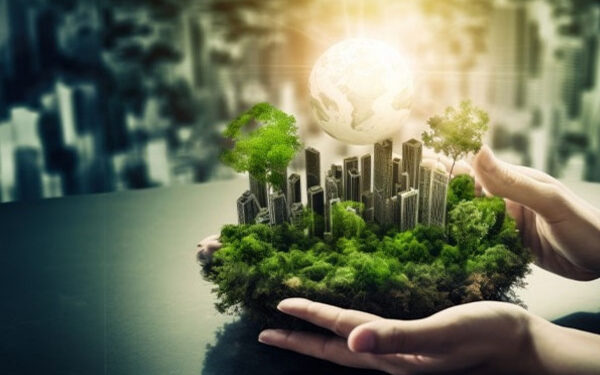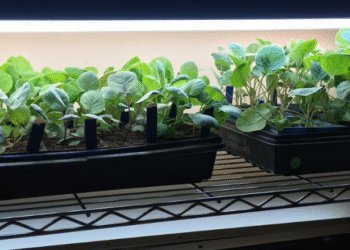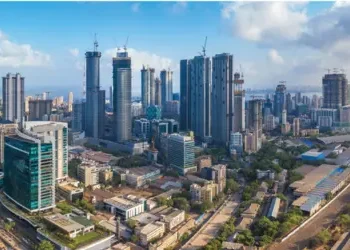Climate change, resource scarcity, and a growing awareness of eco-friendly practices are steadily transforming the way homes are built and inhabited. For many homebuyers, sustainability has gone from being a buzzword to a deciding factor. Whether it’s the materials used in construction or how a building manages energy and waste, the green quotient of a residential project is gaining serious attention. In emerging localities like New Town, Rajarhat, sustainable developments such as Shukhobrishti are becoming examples of how urban housing can be both affordable and environmentally conscious.
So, what does it really mean for a residential project to go green?
Green Materials and Smarter Construction
It often starts with what goes into the building itself. Sustainable real estate projects tend to favour eco-friendly materials, such as those that are recyclable, locally sourced, and less polluting. Think low-VOC paints, fly ash bricks, and treated wood. These not only reduce the carbon footprint during construction but also improve indoor air quality over time.
But it’s not just about materials. Smart design plays a significant role as well. Buildings that are planned to maximise natural light and ventilation require less artificial cooling and lighting. Over time, this significantly cuts down energy use. Developers are now thinking ahead, from using rainwater harvesting systems to incorporating reflective roofing that keeps interiors cooler in summer.
Water and Energy Conservation
Water shortage is already a problem in many urban areas. A well-designed residential complex finds ways to manage this challenge efficiently. You’ll often see rainwater harvesting systems, low-flow fixtures, and sewage treatment plants becoming standard features in homes.
On the energy front, the shift is towards renewable sources. Rooftop solar panels are being used for common area lighting. Motion-sensor lights help avoid unnecessary energy use. Even the lifts and pumps in these buildings are increasingly powered by energy-efficient systems.
At projects like those developed by Shapoorji Pallonji Real Estate, sustainability isn’t an afterthought. It’s integrated into the very blueprint. From landscaping with native plants to utilising solar energy in community spaces, many modern developments are demonstrating that being eco-conscious and comfortable can go hand in hand.
Waste Management That Actually Works
Ever thought about where your building’s waste goes? In a well-managed township, this question is already answered. Segregation at source, organic composting, and recycling stations are being increasingly incorporated into residential layouts. The idea is simple: reduce the burden on local landfills and instead reuse as much as possible.
This is especially important in large-scale projects where daily waste generation is high. Some townships even run awareness campaigns for residents, encouraging a culture of sustainability from the inside out.
Greener Outdoor Spaces
Sustainability means more than what happens inside a building – it also involves open spaces. More landscaping, shaded pathways, and green rooftops are becoming prevalent. Greenery certainly enhances air quality and creates microclimates that help mitigate heat in the vicinity. For this reason, Shukhobrishti has incorporated community features like open green zones and spaces that naturally cool the area for a higher quality of life.
Moreover, green spaces promote a healthier lifestyle. Walkable trails, outdoor fitness areas, and meditation zones are making inroads into traditional spaces offered by concreted layouts.
Community-Led Sustainability
Here is a new twist: many of these ecologically driven neighbourhoods are now engaging residents in the sustainability process. Community gardens, waste sorting initiatives, and workshops on living green are quickly becoming the norm. This not only increases awareness but also fosters a sense of shared group responsibility.
It’s encouraging to see that sustainable design is moving past addressing architecture and entering the culture of a place. Residents live in more than a green building; they are practising green living.
The future of real estate is looking greener, which is a positive development. Projects built with sustainability in mind are better for the environment and often save residents money with lower utility bills, while promoting healthier living spaces.
When buying a home, look beyond the carpet area and parking space. Ask how the building saves energy, handles waste, or facilitates green space. As developments continue to align with sustainable values, your future home may not only be comfortable, but also part of a cleaner, smarter future.



















